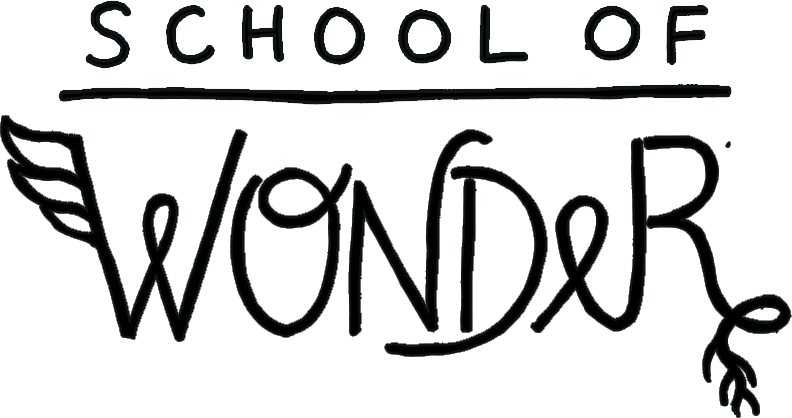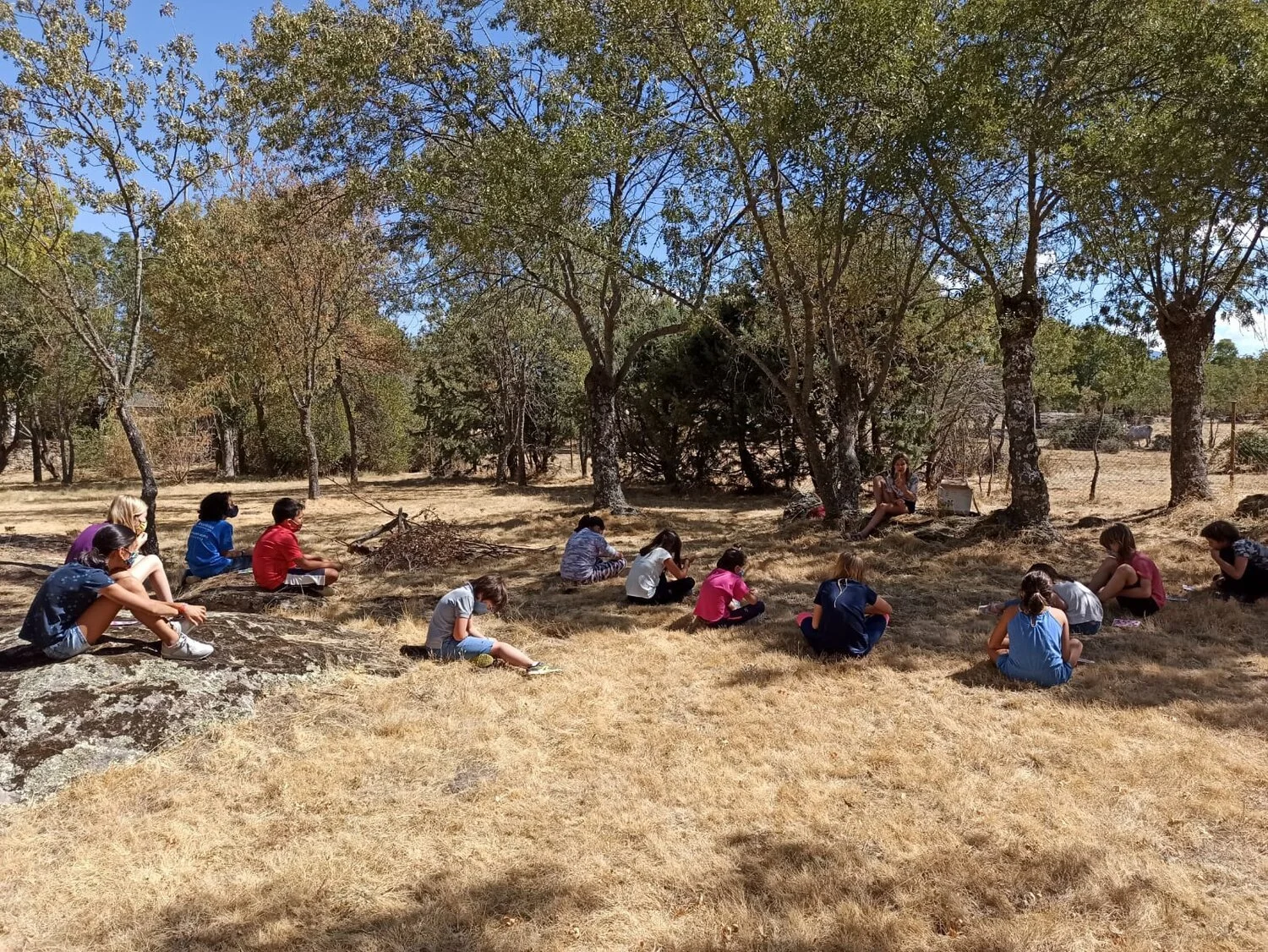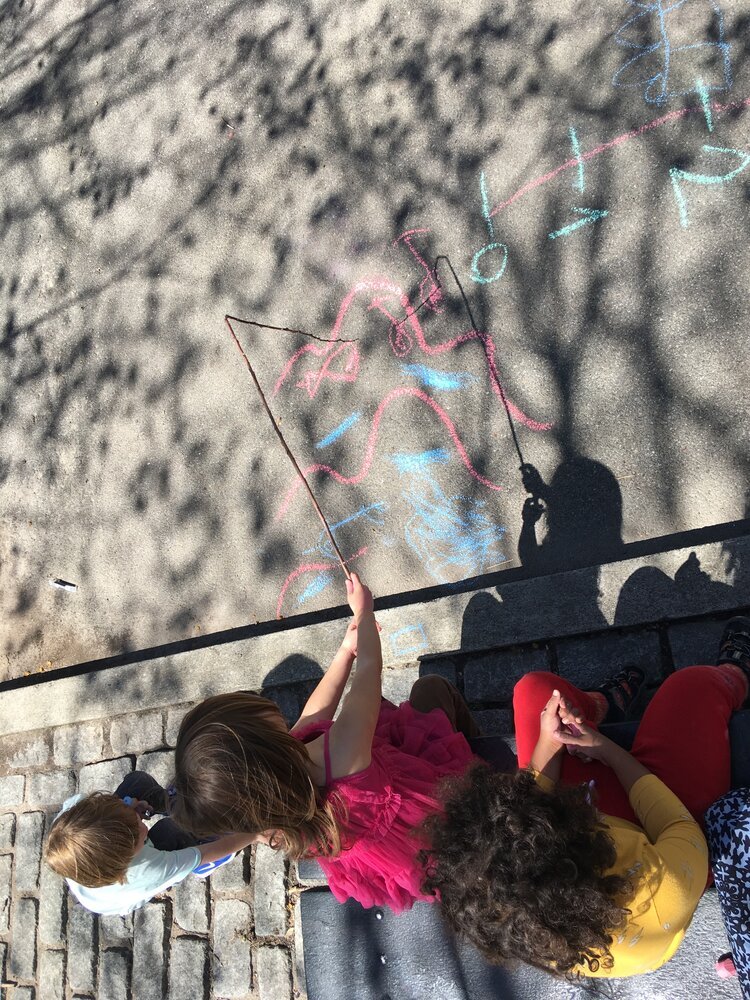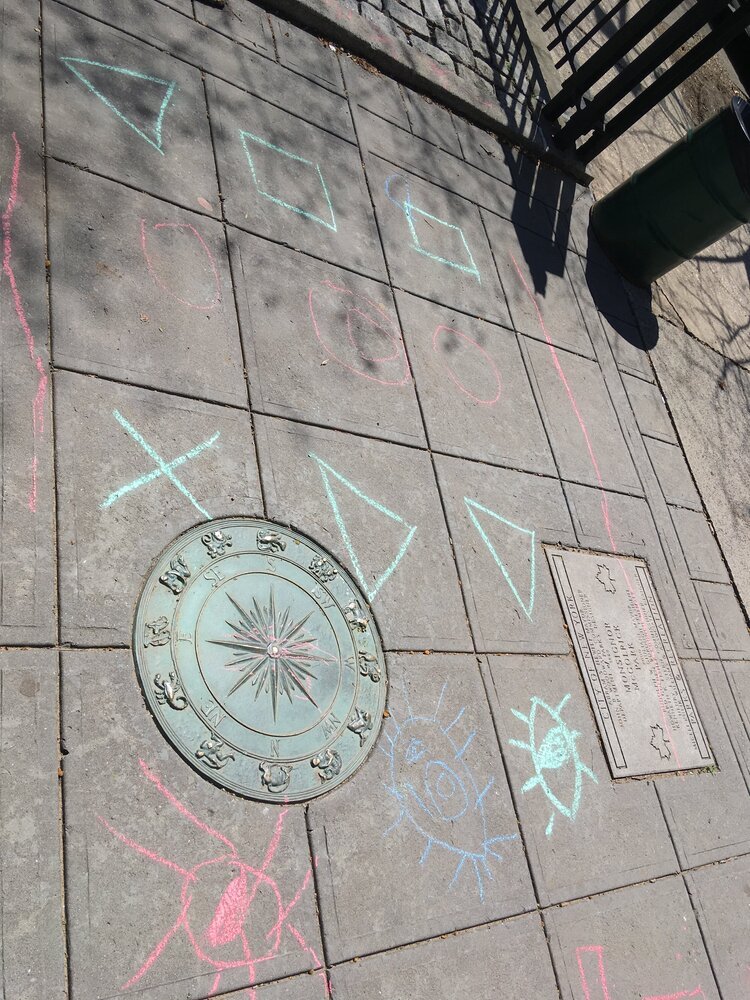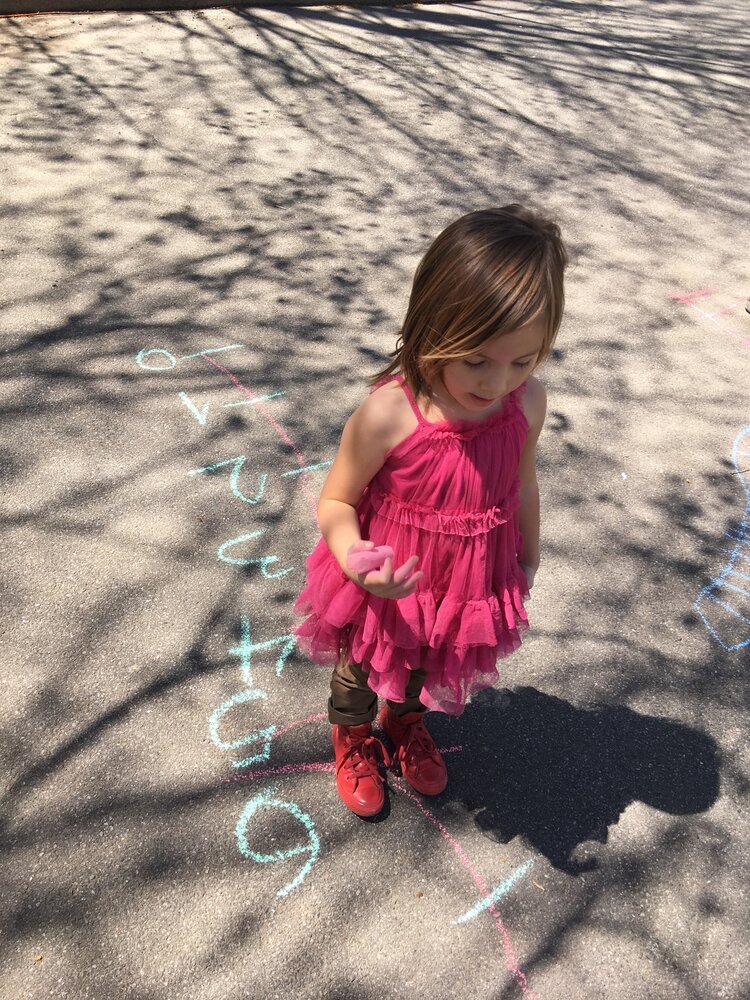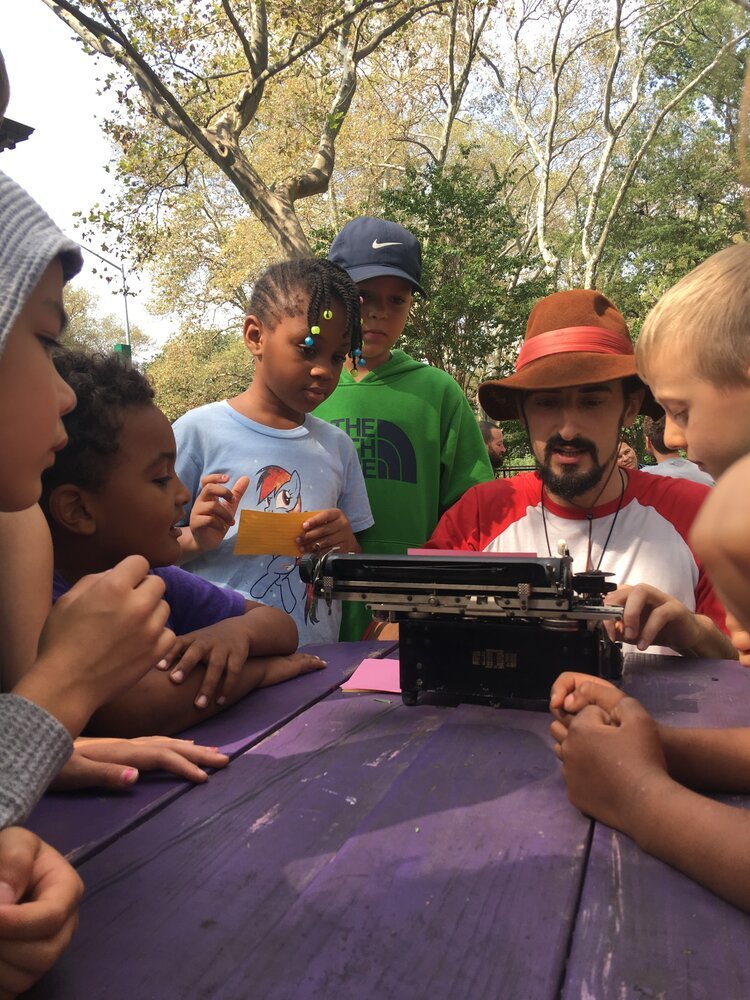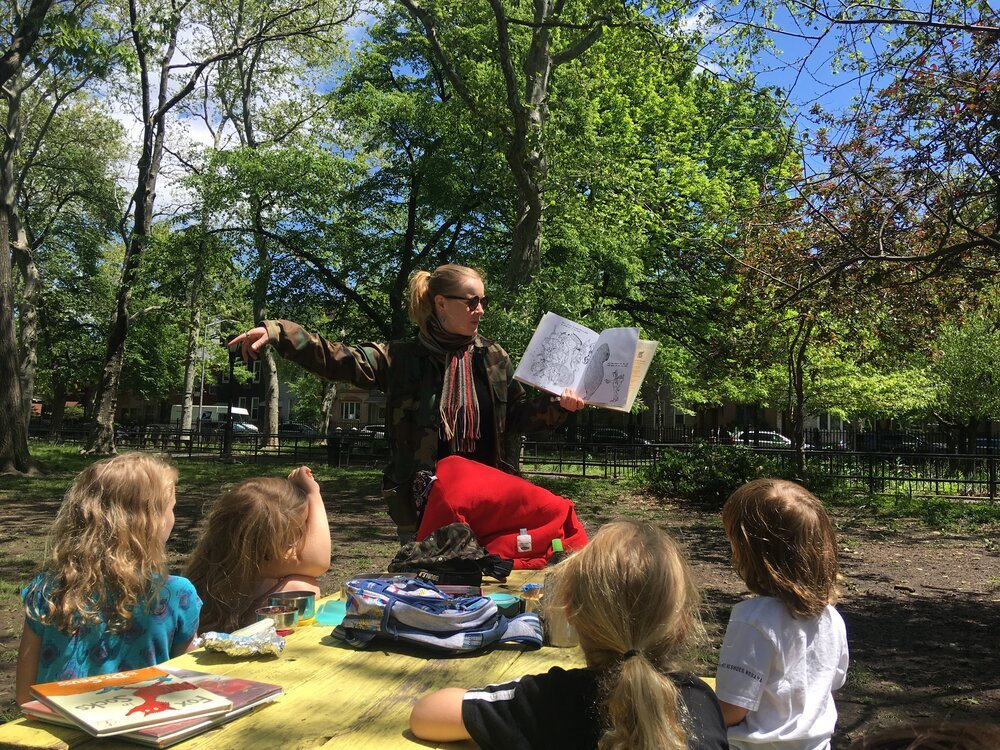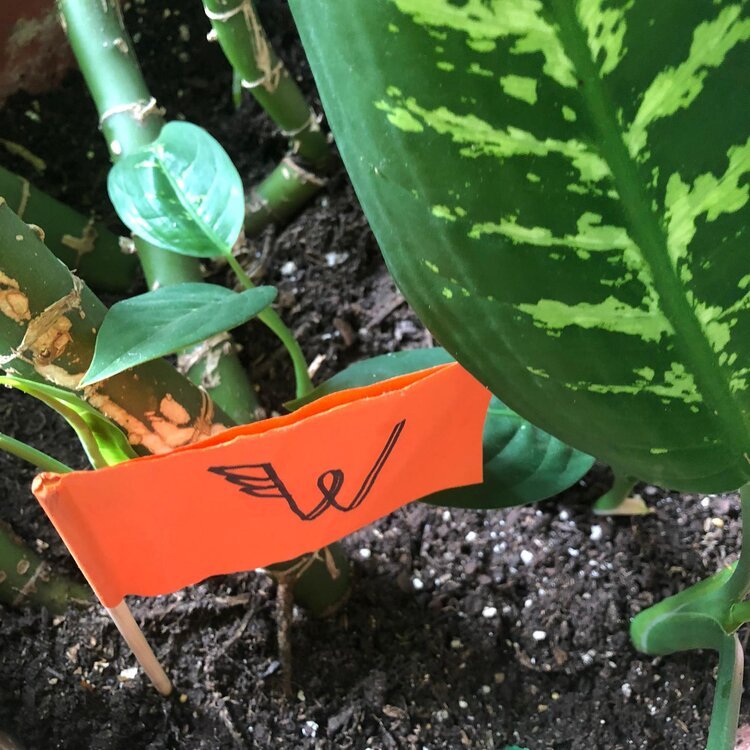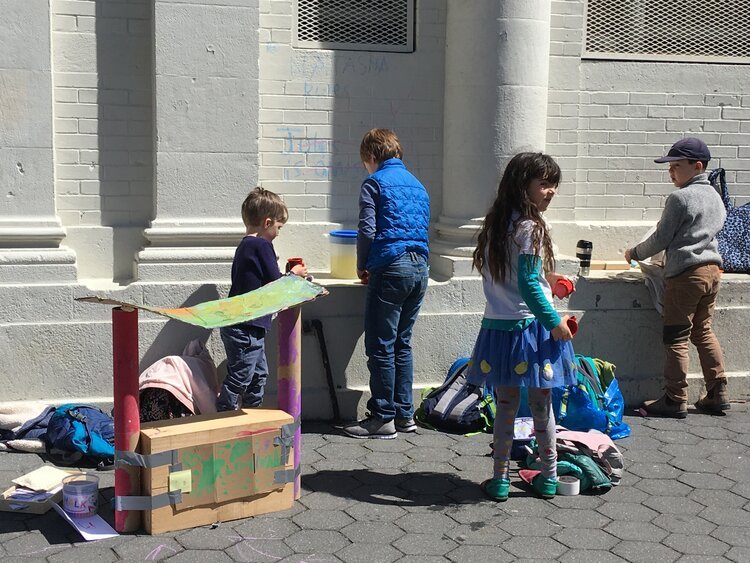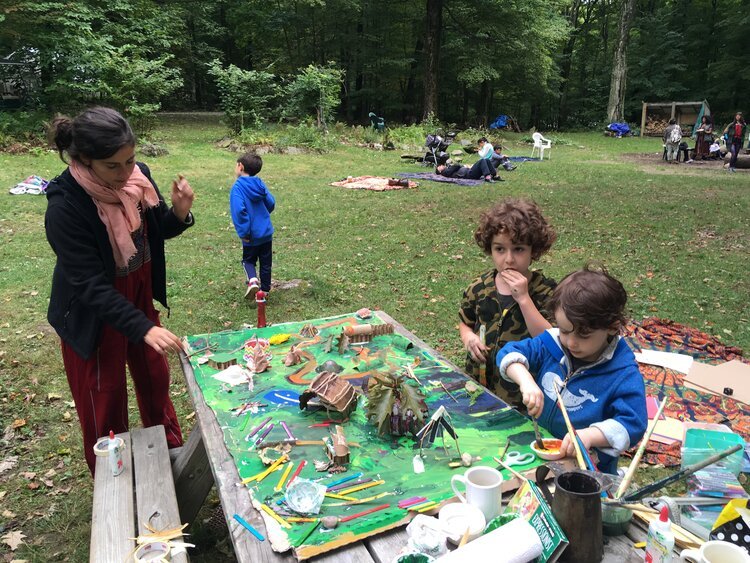5 Tips for Outdoor Learning
FOR SCHOOLS AND TEACHERS
The ideal outdoor learning experience is an adventure where children can learn cross-curricular content and social emotional skills by living experiences and solving challenges that work towards completing a final mission. In the following post we will share our vision for outdoor learning with videos and examples of how we build these immersive learning experiences in parks. In the meantime, we want to share some tips based on what we’ve learnt over these years of outdoor learning, plus some ideas and resources for activities.
1. Start with Primary Education.
If you have to choose between primary or secondary school, start with the former. Thinking about hybrid options for learning, secondary education students are more prepared and suitable for remote online learning than primary school students. Plus, it’s more aligned with their need to become remote workers in their near future, whereas outdoor learning is more aligned with the need for primary school students to discover their environment. Online learning can’t teach primary school kids most of what they are meant to learn at this age. They need to touch, feel, perceive, explore, observe, connect.
2. Plan as many days outdoor as possible, before the weather gets too cold or too hot.
One extra day per week of in person learning can make such a difference. One great lesson in the park can teach what ten lessons can inside a classroom. Experiential learning in connection with Nature leaves a mark on children’s memories. Let’s leverage this. Of course, this will all depend on the park size, the distance to the park and the available resources, but ideally I would plan half lesson days or full lesson days in the park at least once a week.
3. Prepare for the cold.
The most important body parts to cover to keep the body warm are neck, head and feet. Make sure each child is well-prepared to feel no cold at all.
Hot drinks in thermo bottles help a lot.
Add movement games and small breaks to your lesson where kids can run, jump and stretch while they are learning. Perhaps they are told to run a lap around the outdoor classroom every time an exercise is solved. Any small reward games based on movement can keep them engaged and warm.
4. Have a mat cut in half or a cushion, plus a clipboard per child.
Forget about bringing the desks outside and re-imagine your classroom in connection with your environment. Have the kids sit on the grass. Think about how people learn in retreat centers, what kind of materials and settings they put in place outdoors. Circles, mats, cushions, plus a notebook or clipboard per child.
I haven’t been able to find this option Amazon US! But see how cheap it is… $2!
5. Make your lessons experiential.
Outdoor education is not simply bringing Physical Education to the parks, nor is it just bringing classroom desks outside. Learning in Nature allows children to discover, contemplate, and learn concepts in their physical forms. Math, Natural and Social sciences and even ELA are core subjects whose precepts normally start in the real world, and therefore, that’s the best place to learn them.
Experiential learning allows children to learn content and develop skills deeply. It allows knowledge to be ingrained in their brains and in their bodies.
Here are some examples of how we create experiential lessons and fun educational games, aligned with the common core standards for each age group.
>> Ideas and Resources for Outdoor Learning
1. MATH IN THE PARK
Bring chalk and make math games and puzzles on the ground. Big dice can be very useful too for learning math in the park. See some resources we found online for math games in the park at the bottom of this post. If maths are taught through the ABN method, use sticks or stones to make simple math calculations.
Fishing by the river: learning to count and add up to 10
Math in the Park
An old typewriter can be a great way to have kids engaged in writing. They can write missions for the other kids and discover this wonderful old invention. Ramdom is also one of our favorite Wonder Magicians.
2. LANGUAGE ARTS / ELA
Focus on story-telling, close reading and reading comprehension. Kids love listening to stories while in Nature.
Find an old typewriter and make games where kids need to type messages and missions using it.
Katri Inkalinen is one of our favorite Wonder Magicians. Here at her outdoor school, Cottonwood Homeschool Cooperative, she is captivating the minds and hearts of the kids as she reads them stories.
3. NATURAL AND SOCIAL SCIENCES
Transform the lesson into an exploration of the environment, where the children can observe Nature and people. Give them specific missions and let them explore on their own. Define the area with landmarks that mark out the boundaries. You can start by agreeing on the exploration area by going on an expedition with the kids where you can set the limits of the area by putting flags up or using specific landmarks. They will know they can’t go beyond these limits.
Natural Sciences in nature should include the observation of nature: leaf shapes, types of trees and insects, animal behavior, etc.
Build flags and go set the limits of the exploration area with your students. Let them discuss and explore options as you walk around the area. By sharing the decision-making process with them, they become much more responsible about respecting these limits.
Our faces are muddy because we had to become wild creatures in order to explore this wild part of the forest.
Mandalas are great activities to teach symmetry, geometry, math, and design. Have the kids find 7 natural objects that share the same color, shape or texture and bring them back to the base to create a mandala.
Learning about society and economy as we start our business in McGolrick Park (Greenpoint). We built the stand, made the product (lemonade this time), agreed on wages and labor rights, learnt the logistics of production and distribution and some sales techniques to attract more customers.
4. ART AND DESIGN
Create forms and build constructions, or practice contemplation by drawing natural elements of the environment. Have the children build maps, board games and 3D models of the space where they are.
Painting the base of the map.
Building a 3D map or board game of the adventure we just experienced.
Here are some other resources for outdoor activities we’ve been researching:
Math in the Park:
https://fun-a-day.com/simple-outdoor-number-activities-for-kids/
https://nurturestore.co.uk/leaf-symmetry-lesson-combining-math-and-art
Exploration in Nature:
https://www.pinterest.com/schoolofwondernyc/exploration-in-nature/
Art in Nature:
https://www.pinterest.com/schoolofwondernyc/art-in-nature/
Games with chalk:
https://www.pinterest.com/schoolofwondernyc/games-with-chalk/
En español:
https://aprendiendoalairelibre.com/inspirate/
If you liked the post, ideas or drawings… don’t forget to sign up to subscribe to our newsletter below!
